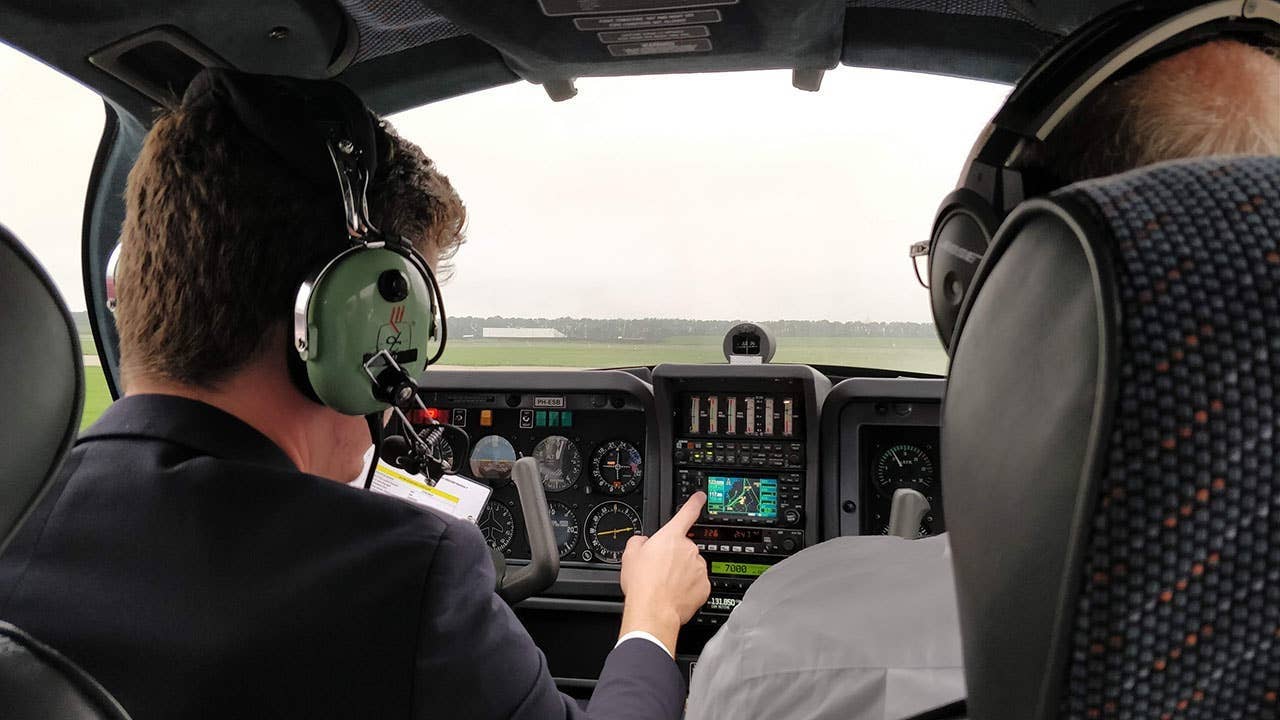Robot Vs. Human Pilot: Drone Challenge
A race through an obstacle course provides some interesting feedback on the state of A.I. operated aircraft
In an era where autonomous drones are being suggested for everything from package delivery to air taxi operations, GPS can't do everything. Instantaneous see-and-avoid technology is a must if those ideas are ever going to be practical. Recently, researchers at NASA's Jet Propulsion Laboratory (JPL) tested out a vision-based navigation system for autonomous drones by racing them against a human drone pilot. To win, the three self-piloted drones only needed to get to the finish line faster than their human-flown counterpart. The catch? The racers had to quickly and accurately avoid all of the obstacles set in their way.
The results were interesting. Perhaps unsurprisingly, the JPL team reported that the A.I. and the human pilot---world-class drone racer Ken Loo---flew very differently on the obstacle course, which was set up in a JPL warehouse. "You can actually see that the A.I. flies the drone smoothly around the course, whereas human pilots tend to accelerate aggressively, so their path is jerkier," said project task manager Rob Reid. The drones flew more consistently and didn't get tired, but Loo adapted faster and more creatively to the course.
So who won the race? Turns out human pilots still have the edge in this kind of challenge, if this test is anything to go by. For the official laps, Loo averaged 11.1 seconds. The autonomous drones averaged 13.9 seconds.
If the technology can be made to work reliably---and a 2.8 second difference that comes with more consistency and less fatigue would seem to suggest that is a very real possibility---the larger aviation implications could be significant. While the philosophical discussions of whether a machine should ever be the sole operator of a passenger-carrying vehicle can be saved for another time, advances in this type of A.I. driven tech could significantly improve flight safety on the same scale that smart phones improved communications. A ’smart plane' that is not only aware of terrain, obstacles and performance envelopes, but can also respond intelligently to them might make for an interesting copilot.
Learn more at NASA.
To get more aviation news delivered to your desktop or mobile device, sign up for our weeklyeNews.

Subscribe to Our Newsletter
Get the latest Plane & Pilot Magazine stories delivered directly to your inbox






